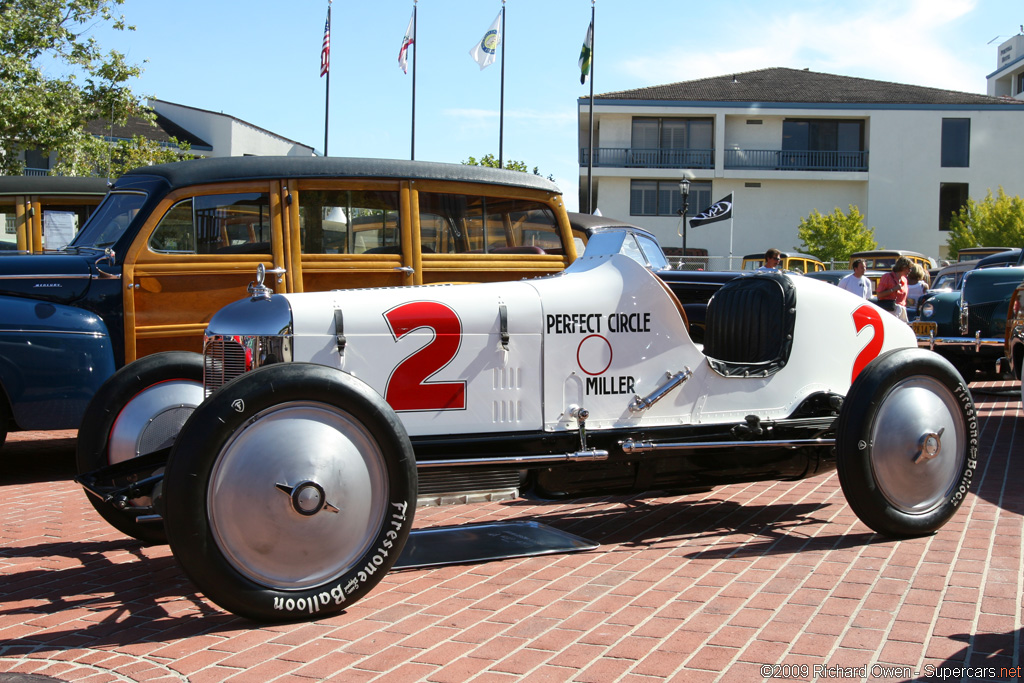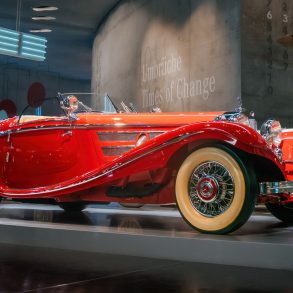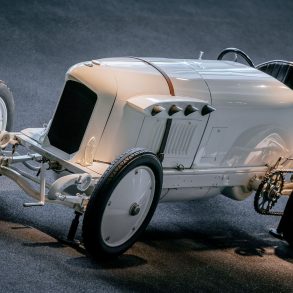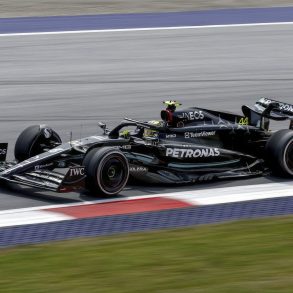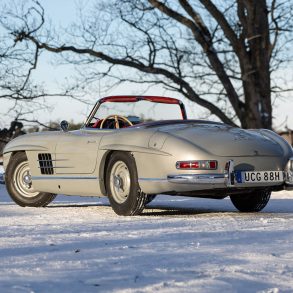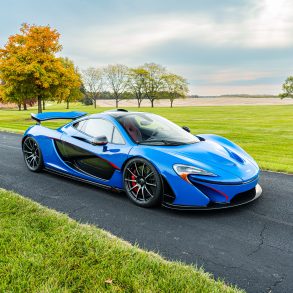Miller 91
Car: Miller 91 / Engine: Straight 8 Supercharged / Maker: Miller / Bore X Stroke: 55.5 mm X 76.2 mm / Year: 1928 / Capacity: 1,478 cc / Class: Special / Power: 250 bhp at 8,000 rpm / Wheelbase: 100 inches / Track: 52 inches front and rear / Weight: 1415 lbs
Europeans, especially the British are justifiably proud of their race car building prowess, believing that the products of their labour stand above all others in the world but there was a time in 1926 when it was America that led the way. That car was the famous Miller “91” which denotes the size of it 1 1/2 liter engine in cubic inches. The cars were designed and built by Leo Goosen, Fred Offenhauser and automotive genius Harry A. Miller. The Miller 91 was the prototypical single seater racing car which would influence construction throughout the world. Harry A. Miller was both an artist and an engineer and his cars reflected their owner both mechanically and aesthetically.
Miller’s Los Angeles based operation was booming in the late 1920’s. His engines and cars, some of which had front-wheel drive, represented 83% of the vehicles to qualify at Indianapolis between 1922 and 1928 and his cars finished first four times during the decade. Miller had a ranch stocked with exotic animals, a wife, a mistress across town, and more ideas than time. Details bored him.
Leo Goossen, would make dimensioned drawings from Miller’s rough sketches. Goossen handled all the detail work, including sizing the crankshaft, rods, and ports for the supercharged 91 and subsequent engines. By the time the drawings were finished, Miller would, often as not, be caught up in another idea and too busy to check them. As the shop foreman, Fred Offenhauser’s job was to turn Goossen’s drawings into steel and aluminum. A dour, practical man with a quiet sense of humor, Offenhauser was an master machinist.
The 91’s straight eight engine consisted of two cast-iron blocks of four cylinders with hemispherical heads and two valves per cylinder actuated by duel overhead camshafts. The centrifugal supercharger was an American specialty which suited the high speed tracks of that nation. The engine was fed a mixture of alcohol and methanol compressed to 30 psi. At the end of their development the engines were producing approximately 167 bhp per liter which pushed the car to over 171 mph.
The car was built in both front and rear wheel drive configurations, Miller believing in the potential of front wheel drive for constant-throttle cornering and allowing for lower build and less frontal area. The front wheel drive layout was accomplished by the engine being turned around to drive through the gearbox and frame mounted differential.
Leon Duray would purchase two of these models and bring them to Europe where they set new 5 and 10 mile world records at Montlhery in 1928. The legendary Etorre Bugatti was so impressed with the cars that he traded Duray three Bugatti sports cars and some cash for the American racers. The design of their overhead cams would soon find their way into his own Type 51.
The Depression and a rule change at Indianapolis that instantly made obsolete the blown 91 engines, which were the foundation of the business prompted Miller to sell out to a group of naive investors. Miller started over with some of his old hands, including and Goossen and Fred Offenhauser but by 1933, he was bankrupt, having wasted a great deal of money on designs for unmarketable 12, 16 and even 24-cylinder engines. Most of his employees had not been paid for months, although Offenhauser tried to see that they got enough to eat on. Years later, Miller ran into one of his former employees at Indianapolis. He wept copiously and promised that he would pay what he owed the boys, but never did.






